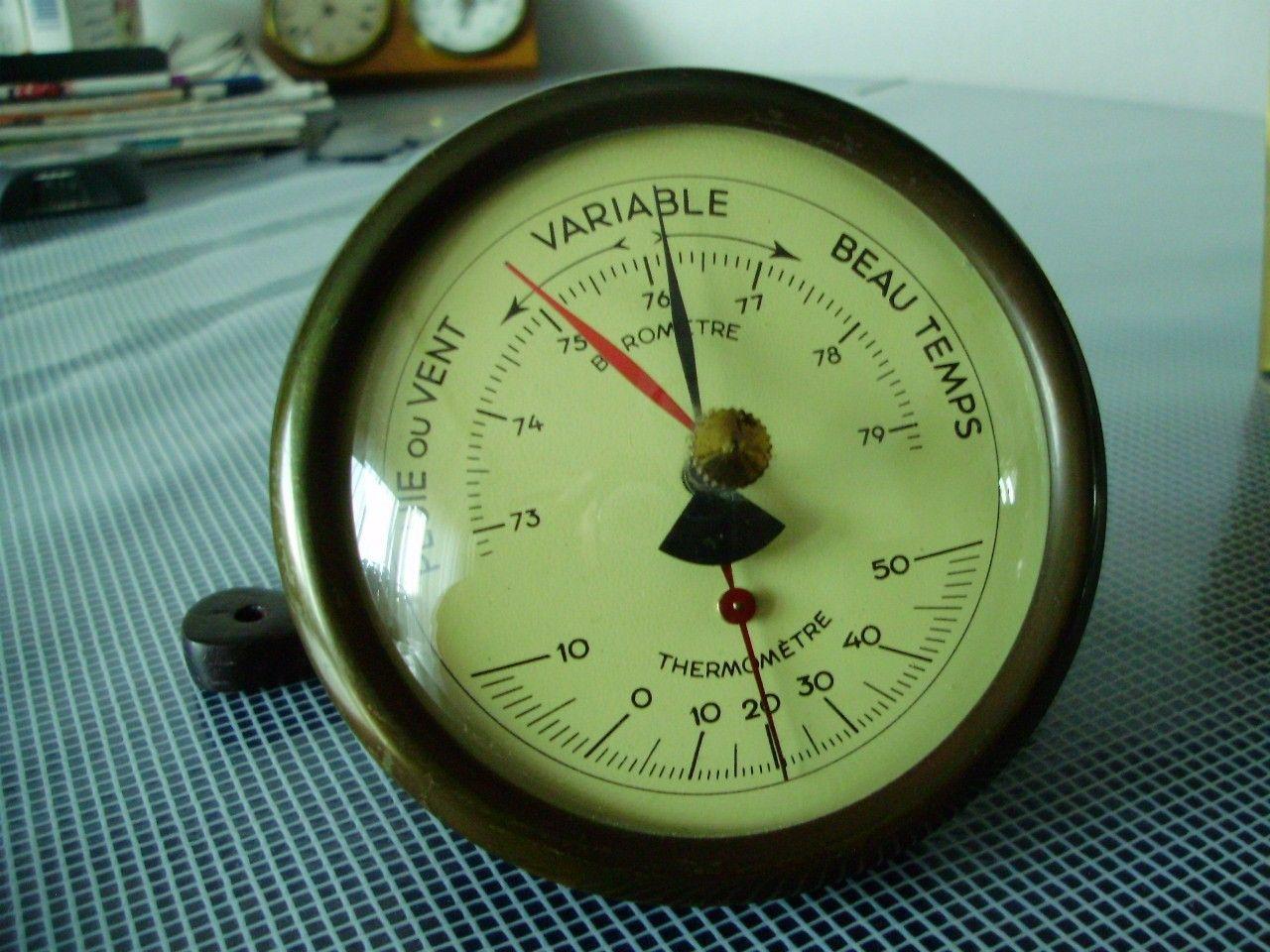Master Sailing Malta Blog
Blog
When you’re out on the water, predicting the weather is one of the most important skills a sailor can have. Beyond reading the skies or monitoring marine forecasts, your most reliable ally on board may just be your barometer.
Why a Barometer Is Essential at Sea
A barometer measures atmospheric pressure, helping you anticipate changing weather conditions. Low pressure systems often bring storms, rain, and rough seas, while high pressure generally signals clear skies and calm conditions.
Unlike relying solely on weather apps or VHF forecasts, a barometer gives you real-time, localized pressure trends—and when interpreted correctly, it can give you vital early warnings of bad weather ahead.
How to Use a Barometer for Sailing
To get accurate, useful results from your barometer:
1. Ensure it’s calibrated properly – especially digital barometers (like those on sailing watches).
2. Record pressure readings hourly in your ship’s log.
3. Track the pressure trend over time, not just the current value.
Without consistent logging, a barometer’s data is far less valuable.
Interpreting Pressure Changes
Pressure Drops = Bad Weather Incoming
• A rapid fall in pressure signals an approaching low pressure system or storm.
• A sudden rise might indicate a short period of good weather — but often followed by more instability.
• Fast pressure changes (either up or down) often mean strong winds and unsettled conditions.
Pressure Tendency Table
| Pressure Trend | Change Over 3 Hours | Meaning |
| Steady | Less than 0.1 mb | No significant change |
| Slowly rising/falling | 0.1 to 1.5 mb | Gentle shift, watch for buildup |
| Rising/falling | 1.6 to 3.5 mb | Noticeable trend |
| Quickly rising/falling | 3.6 to 6.0 mb | High winds likely soon |
| Very rapidly rising/falling | Over 6.0 mb | Expect gale-force conditions |
Tip: If pressure changes by over 1 mb per hour, prepare for strong winds. Over 3 mb per hour? Gales are likely.
Quick Trick: Locating the Storm
• Stand with your back to the wind
• Your left arm points toward the low pressure system (storm)
• Your right arm points to the high pressure system
(Reverse this in the Southern Hemisphere.)
Summary
• Use a well-calibrated barometer and log its readings hourly
• Watch for rapid pressure changes — they signal strong winds and unstable weather
• Combine barometer data with weather forecasts, cloud formations, and sea state for safer passage planning
Whether you’re a coastal cruiser or an offshore sailor, using a barometer correctly gives you a powerful tool to predict storms, plan your sailing route, and stay safe at sea.
